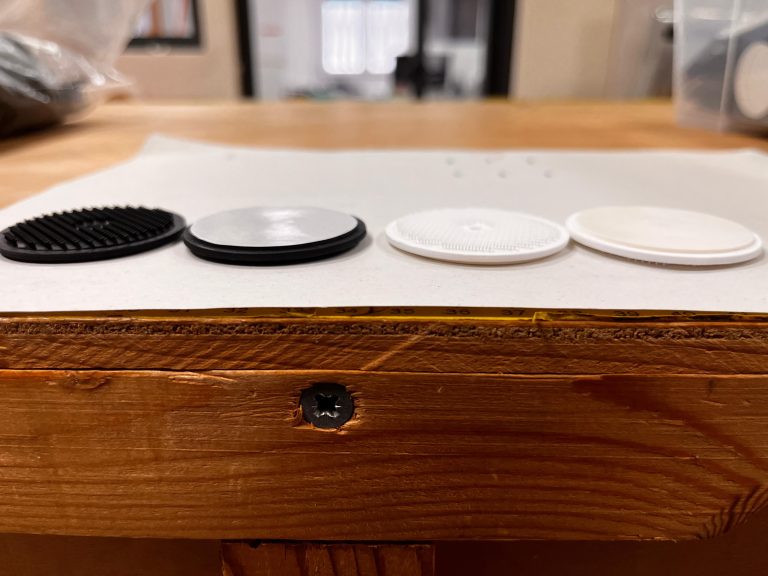ACR Electronics is introducing the mobile connected AIS EPIRB with Return Link Service, ensuring fast rescue in an emergency and maximum chance of survival for a range of boaters and mariners.
Following landmark Cospas-Sarsat approval, the next generation ACR GlobalFix V5 EPIRB will answer the demand from the marine industry for an advanced, fully-featured beacon offering survivors the advantage of both local and global rescue.
Features of the GlobalFix devices
The GlobalFix V5 device, recently awarded a DAME Special Mention, was developed by global leader in marine safety and rescue technology ACR Electronics.
It features integrated AIS (Automatic Identification System), NFC (Near Field Communication) technology for use with the free ACR mobile app, and compatibility with Return Link Service (RLS) alerting. The rugged, robust beacon, with 10-year battery life, also include GNSS (Global Navigation Satellite System) positioning, 406 MHz Cospas-Sarsat distress signal with MEOSAR compatibility and 121.5 MHz local homing signal.
The V5 unit is available with a Category I float free bracket, offering full IMO regulatory compliance for SOLAS vessels, or a Category II manual release bracket. Whether cruising, fishing, working or sailing offshore, mariners with the new ACR unit will have extra reassurance that they will be located quickly in an emergency and receive aid from rescue services.
ACR is also launching a GlobalFix V6 EPIRB, with RLS and NFC, for users who prefer a non-AIS option.
AIS advantages
Carried by a vessel, an EPIRB (Emergency Position Indicating Radio Beacon) is traditionally activated in a life-threatening event, such as sinking, collision and accident, or even a medical emergency to transmit a 406 MHz distress signal via the Cospas-Sarsat satellite system to contact global rescue services.
By incorporating AIS within its beacons for the first time, ACR Electronics can now offer GlobalFix V5 EPIRB owners an additional method of communicating their location so that other nearby vessels will also be alerted in an emergency. A distress signal will be received by all ships, boats and aircraft equipped with AIS in the vicinity, enabling them to respond with immediate assistance.
Return Link Service and NFC technology
Offering more comfort in an emergency, the ACR EPIRB is compatible with Return Link Service alerting technology and can provide a confirmation notification back to the EPIRB letting the beacon owner know that the international satellite system has received a distress message and location.
The GlobalFix V5 has an infrared strobe, as well as visible light, to facilitate rescue in poor visibility or at night.
ACR Electronics has also introduced NFC technology into the V5/V6 EPIRBs, delivering a new way for beacon owners to monitor their beacons, review self-test results, view GNSS test locations, and monitor beacon performance and maintenance.
By simply holding a mobile phone over the beacon’s designated NFC area, the latest beacon information is automatically transferred into the ACR mobile app on the phone to review.
The advanced ACR beacon exceeds new International Maritime Organization (IMO) Maritime Safety Committee EPIRB regulations which came into force on July 1, 2022.
The new IMO rules state that vessels under SOLAS regulations will have to fit a new EPIRB with an internal AIS locating signal, infrared strobe, and an internal GNSS receiver, along with the 406 MHz and 121.5 MHz transmitters, when current devices are due for replacement.
Recreational boats and other non-SOLAS vessels can continue to install the EPIRBs permitted under their national regulations, with many countries expected to enforce the IMO AIS EPIRB mandate in one to two years’ time due to the life-saving benefits offered by these new beacons.









